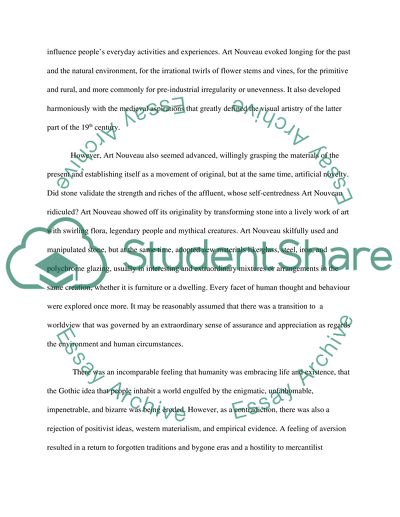Cite this document
(“Art Nouveau Essay Example | Topics and Well Written Essays - 1250 words”, n.d.)
Art Nouveau Essay Example | Topics and Well Written Essays - 1250 words. Retrieved from https://studentshare.org/architecture/1625227-art-nouveau
Art Nouveau Essay Example | Topics and Well Written Essays - 1250 words. Retrieved from https://studentshare.org/architecture/1625227-art-nouveau
(Art Nouveau Essay Example | Topics and Well Written Essays - 1250 Words)
Art Nouveau Essay Example | Topics and Well Written Essays - 1250 Words. https://studentshare.org/architecture/1625227-art-nouveau.
Art Nouveau Essay Example | Topics and Well Written Essays - 1250 Words. https://studentshare.org/architecture/1625227-art-nouveau.
“Art Nouveau Essay Example | Topics and Well Written Essays - 1250 Words”, n.d. https://studentshare.org/architecture/1625227-art-nouveau.


